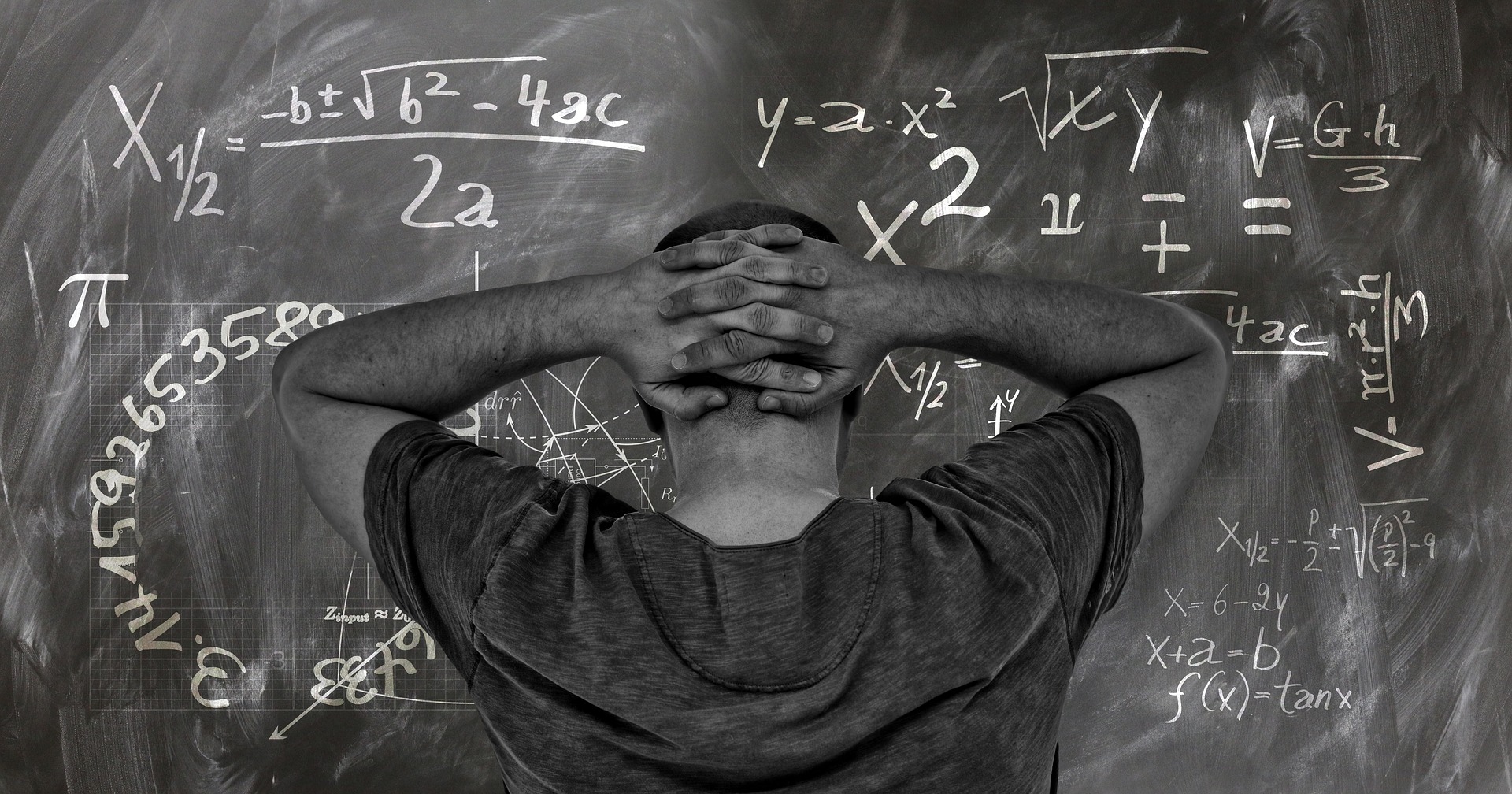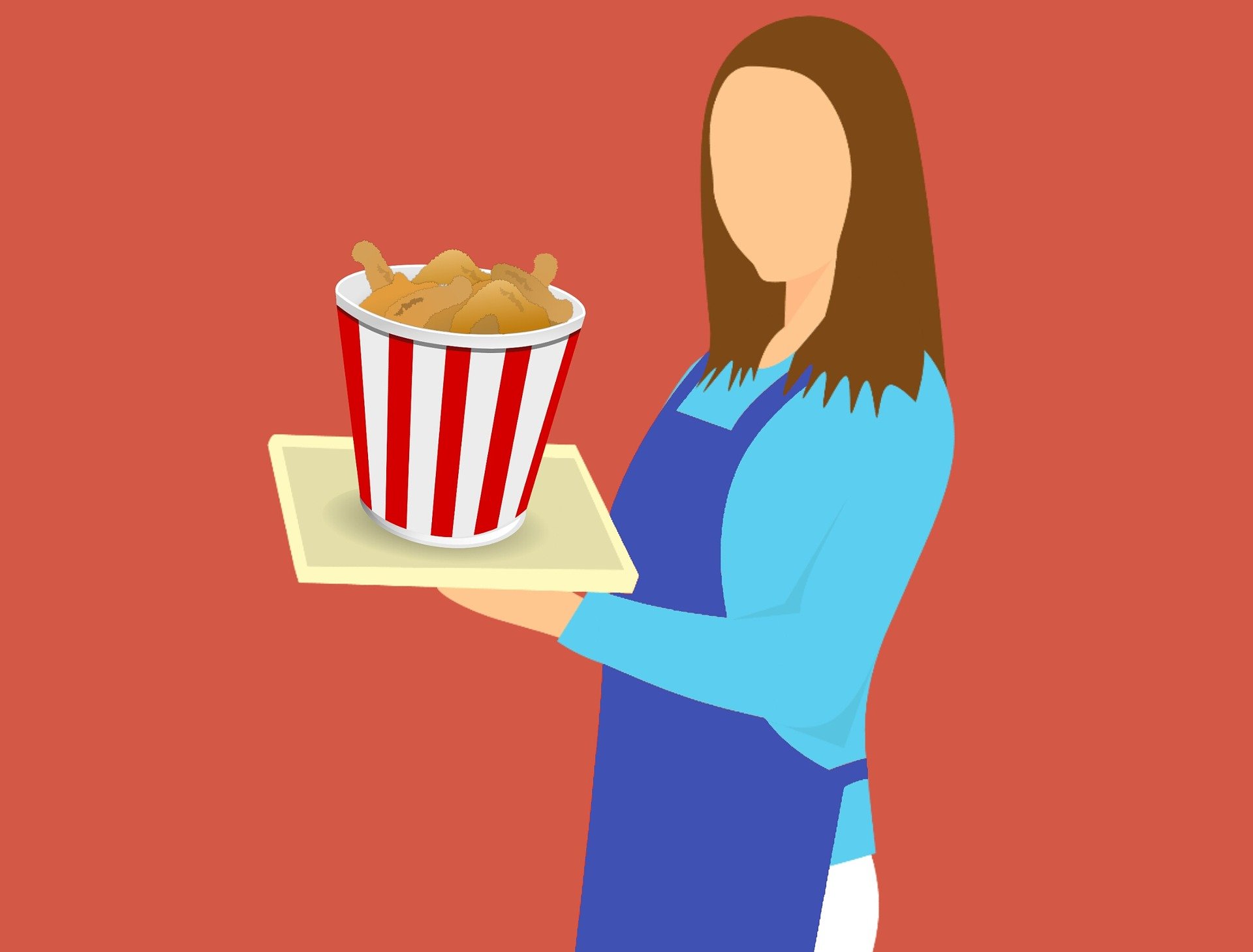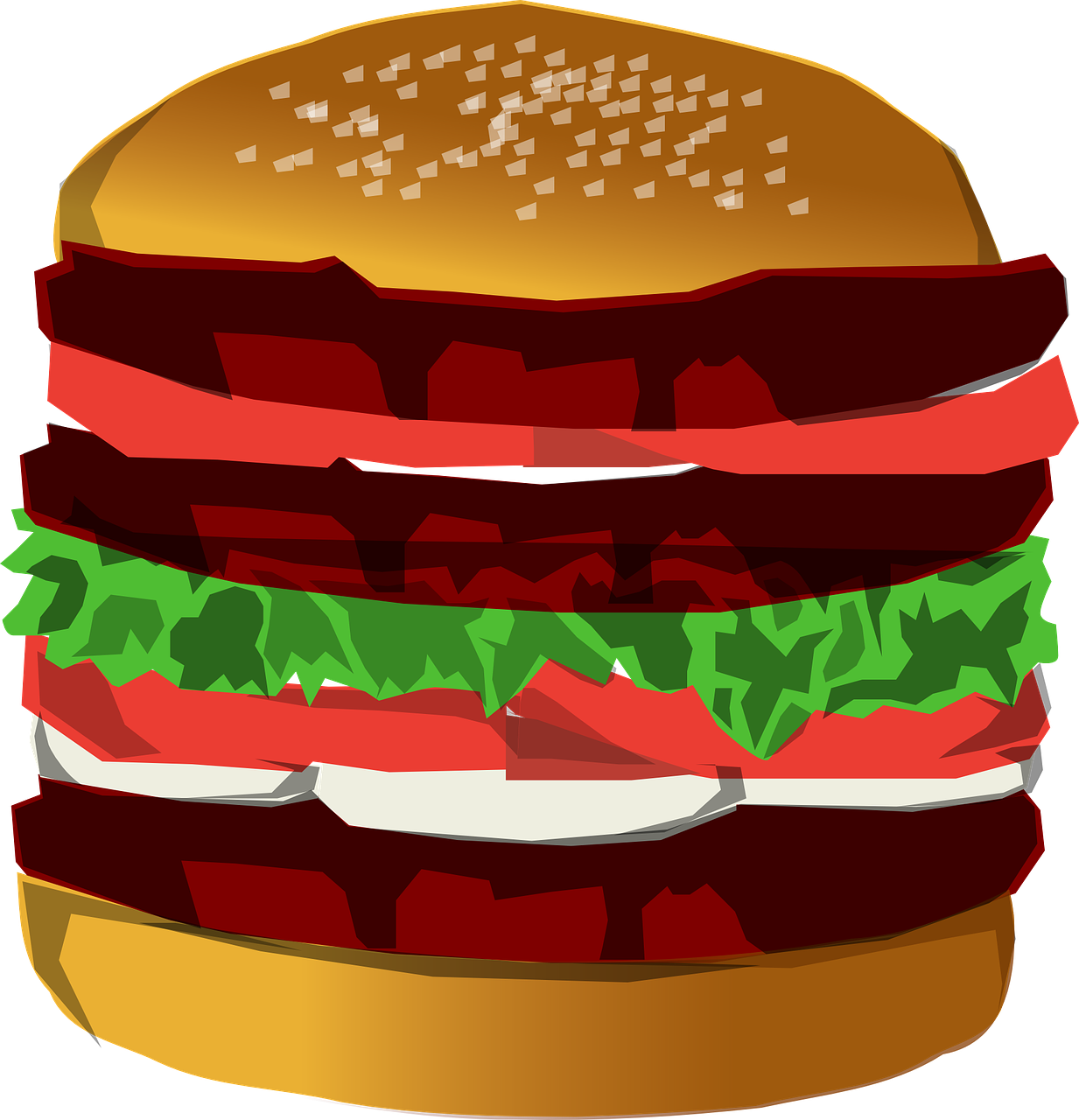Increasing A Restaurant’s Average Check
Published September 18th, 2021
Average Check is a great metric through which to view a restaurant’s finances when trying to boost a location’s revenue. What’s more, working to increase a restaurant's average check size requires minimal monetary investment. Increasing check averages means getting the customer’s who are already seated in a location to increase their spend during their visit.
Increasing the average check in a restaurant doesn’t mean pushing sales of high profit items, it focuses on getting guests in a location to feel comfortable and them choosing to spend above what they might typically spend in a restaurant. Most POS systems will provide an average guest check metric across multiple reports, specifically individual server and Z reports. These daily figures can be recorded to track the progress of the efforts put into increasing the average check size. So how do you calculate a restaurant's average check and what methods can be used to answer the question of how to increase the average check in a restaurant?
Average Check Formula

Pulling the figures from POS reports is great, but to understand the average check number one should know the math behind it. Fortunately, unlike other restaurant financials, the average check formula is a simple one and the average guest check is calculated by:
Total Sales ÷ Total Number of Guests = Average Check
The average guest check is calculated by using the above formula and can be calculated for any period that these figures are available for. Again, almost all POS systems will provide a guest check average data point, but if it isn’t calculating it on its own the formula is an easy one to use.

Employee Training and Participation
One of the most important elements of success when it comes to increasing a restaurant’s check average is having employees onboard with the plan. This can be as simple as management being transparent with them about their long term goals for check averages. If the employees in a location receive tips then pointing out to them that increasing the size of the average check will likely increase their tip amount they will often get right behind the idea.
There are several elements of the employee guest interaction which are imperative to both increasing the guest check amount and recording it correctly. These are:



Entering Guest Count Correctly
Increasing the average guest check amount only works if it is being calculated from accurate numbers. It is imperative that a location’s employees are entering the correct guest count for every table they serve.
Knowing Your Customers
Those serving guests should tailor their service to each particular table to ensure that they’re providing the best service possible. Tailoring their service can increase a guests comfortable level and the more comfortable they feel the more likely they are to respond positively to upselling tactics.
Menu Knowledge
In a close second -behind the above point- in importance for making a guest feel comfortable in a location is their server’s level of menu knowledge. If a server knows their specials, can describe dishes in detail, and answer any allergen questions then the guest’s confidence in their server, and the location, will receive a huge boost. That guest is then more likely to respond positively to upgrade suggestions.
Management are responsible for implementing expected standards of server menu knowledge, and they should provide them with regular opportunities to taste the products they’re serving. Many choose to follow this up with frequent menu tests.
Don’t Overload Guests
It is important for servers to recognize when they’re trying too hard. Trying to upsell a guest on every opportunity is a surefire way to put the guest off any additions to their meal, and it can even make them feel uncomfortable. This may result in deterring them from returning to the location.
Not overloading guests is a part of knowing the customer’s who are sitting in front of you. Selecting which of the below tactics is going to apply best to the guests before them is key to increasing that particular table’s check. Making the right choices here comes with experience, and not everyone gets it right every time.



Shareable Apps



Offering sharable appetizer options for parties of all sizes can add an extra course to a check and, thus, boost your average check. There are two methods for doing this, one is the addition of an extra “sharable” option to the menu, potentially mentioning that it’s “excellent for 4 people”. If ownership and management doesn’t approve of this option then it is up to the server to suggest shareable appetizers that they think would be best suited to the guests in front of them.
Extra’s, Upgrades, and Add-Ons
Placing protein, extra topping suggestions, and side upgrades on specific dishes allows the guest to increase their check under their own steam. It also provides servers with the opportunity to offer check increasing upgrades in a non-intrusive way because the guest has already seen the option on the menu.





Dropping Dedicated Dessert Menu



Desserts can be a difficult sale and many locations miss out on the possibility of sales through lack of effort. Optimizing a dessert menu may take some time but the rewards of adding an extra course to the guest's check is exceptional.
Restaurants should have dedicated desserts menus that, where applicable, contain dessert drink suggestions; be that cocktails, whiskies, wine, etc. Such offerings will entice those who don’t want to join other guests in eating another course into adding an extra item to the check so that they can participate in that course.
Finally, these dessert menus shouldn’t be offered to the guest, they should be taken to the table and handed to the guests for them to review and make the decision. If a guest looks over a physical dessert and drinks menu they are much more likely to place an order.
Beverage Upgrades and Pairings
Beverages are one part of the wider restaurant experience and they offer servers multiple opportunities to increase a table’s average check.
Beer and Wine Pairings
Wine pairings are known and accepted by the general population and can be selected when it comes to higher end dishes such as steak and fish. Beer pairings are growing in popularity on menus with the maturity of the national craft beer market; and they’re much more versatile than wine pairings as guests associate beer and with more casual dining.
How a location goes about offering pairings will vary depending on the style of the location and how they want to present these pairing suggestions to their guests. It can be done in an on menu format, or by word of mouth from the serving staff. If serving staff are to be suggesting these they should also be taught as to why a specific beer and dish go well together.
Premium liquor Upgrades
Simply, if a guest orders a cocktail by its name, i.e. a gin and tonic, and doesn’t include a brand name, a server should ask them if they have a liquor preference for their cocktail.
Bottle Upgrade for Wine
If a pair of guests order a glass of the same wine then a bottle is an easy upsell. To an individual guest the server can offer a bottle, but this is often not well received and deemed to be too pushy.
If someone else at the table has ordered an entrée well suited to that wine the server can start a conversation regarding a pairing with their entrée then combine this conversation and upgrade the two individual glass sales into a bottle. The potentials for upgrading from a glass sale to a bottle sale vary greatly by establishment, server skill, and guest sentiment.


A Final Word - Making it Work
The average restaurant sales figure isn’t going to jump up overnight, rather, to increase this number one needs to apply gentle pressure and achieve results over time. In order to do this the whole service team needs to be onboard with the program.
To successfully increase check averages, focus on one element at a time with service staff. Firstly, training employees to the correct level before implementing tactics to increase average checks. Then focus on one element of the check at a time, e.g. pairings, to ensure success, and to instill it into their work, before moving onto the next one.
Servers can also be incentivized by competitions regarding specific upsells. Once everyone is experienced with increasing check averages, competitions can be run regarding individual servers average check amounts.
© DeliverLogic, Inc. 2024